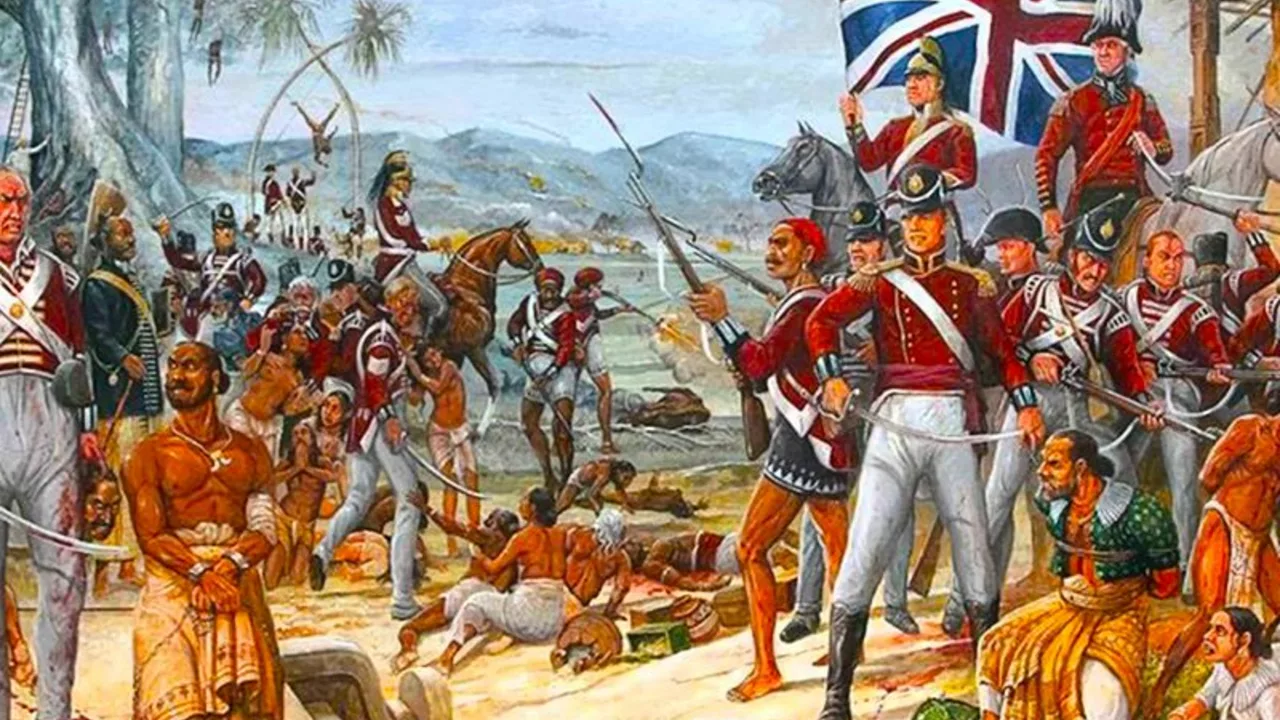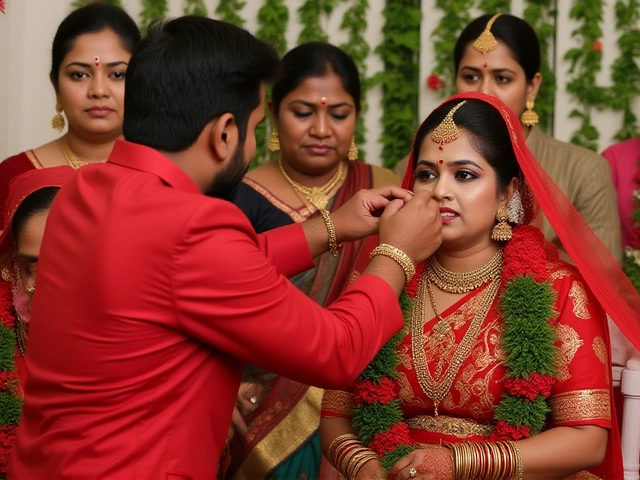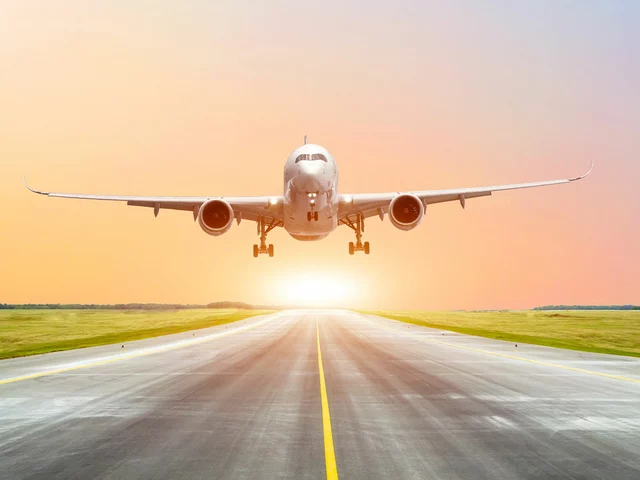British India: A Quick Look at the Colonial Era
Ever wonder how India became the country we know today? A big part of the story is the time when the British ruled the subcontinent. From the early 1600s to 1947, the British presence reshaped politics, trade, and daily life. This guide breaks down the main points so you can get the gist without a history textbook.
How the British Took Control
It all started with the East India Company. They came for spices, tea, and silk, but soon set up trading posts in places like Calcutta, Madras, and Bombay. By the mid‑1700s the company had its own army and began fighting local rulers. The turning point was the Battle of Plassey in 1757, where a small British force defeated the Nawab of Bengal and gained huge tax revenue.
After that, the company expanded through wars, treaties, and a bit of bribery. They took over large parts of the north, south, and east. By 1857, resentment boiled over into a massive rebellion—called the Sepoy Mutiny or First War of Independence. The British crushed it, and the Crown took direct control, starting what we call the British Raj.
Lasting Effects of the British Raj
Administration became uniform. The British introduced the Indian Civil Service, a common legal code, and English as the language of government. Railways, telegraphs, and a postal system linked distant regions, making travel and communication faster than ever.
Economically, things were a mixed bag. The British built infrastructure, but they also forced Indian farmers to grow cash crops like cotton and indigo instead of food. This caused famines and made the local economy dependent on Britain’s needs.
Socially, the British education system created a new class of English‑speaking Indians. Many of them later led the fight for independence. Newspapers, clubs, and sports like cricket spread Western ideas, while at the same time the British reinforced social divisions, especially between castes and religions.
Politically, the British set up a legislative council that gave limited Indian representation. Over time, Indian leaders like Gandhi, Nehru, and Patel used these platforms to demand self‑rule. The struggle intensified after World War II, when Britain was too weak to hold onto its empire.
In 1947, the British finally left. India was partitioned into two nations—India and Pakistan—leading to massive migration and violence. The borders, railways, legal codes, and even the parliamentary system that the British left behind are still in use today.
So why does British India matter now? It explains why English is widely spoken, why the rail network is so extensive, and why the legal system feels familiar to many former colonies. It also shows how colonial policies can shape a country’s development for generations.
If you’re curious about a specific event—like the 1857 rebellion—or want to know how British schools influenced Indian literature, just dig deeper. The British period left a complex mix of progress and pain, and understanding it helps make sense of modern India’s challenges and strengths.

What was life like in British India?
- Date: 22 Jul 2023
- Categories:
- Author: Aarav Khatri
Life in British India was a period marked by stark contrasts, with the British Raj ruling over the Indian subcontinent. As I've discovered, while urban areas and industries witnessed development and westernization, the rural population often suffered from famine and poverty. The British introduced English education, railways, telegraph and modern administration, yet they heavily exploited India's resources and people for their own benefit. Moreover, the cultural exchange between Britain and India resulted in a unique fusion, but also led to a rise in nationalism and the quest for independence. All in all, the experience was a mixed bag, creating a complex historical legacy that continues to shape India's identity today.




